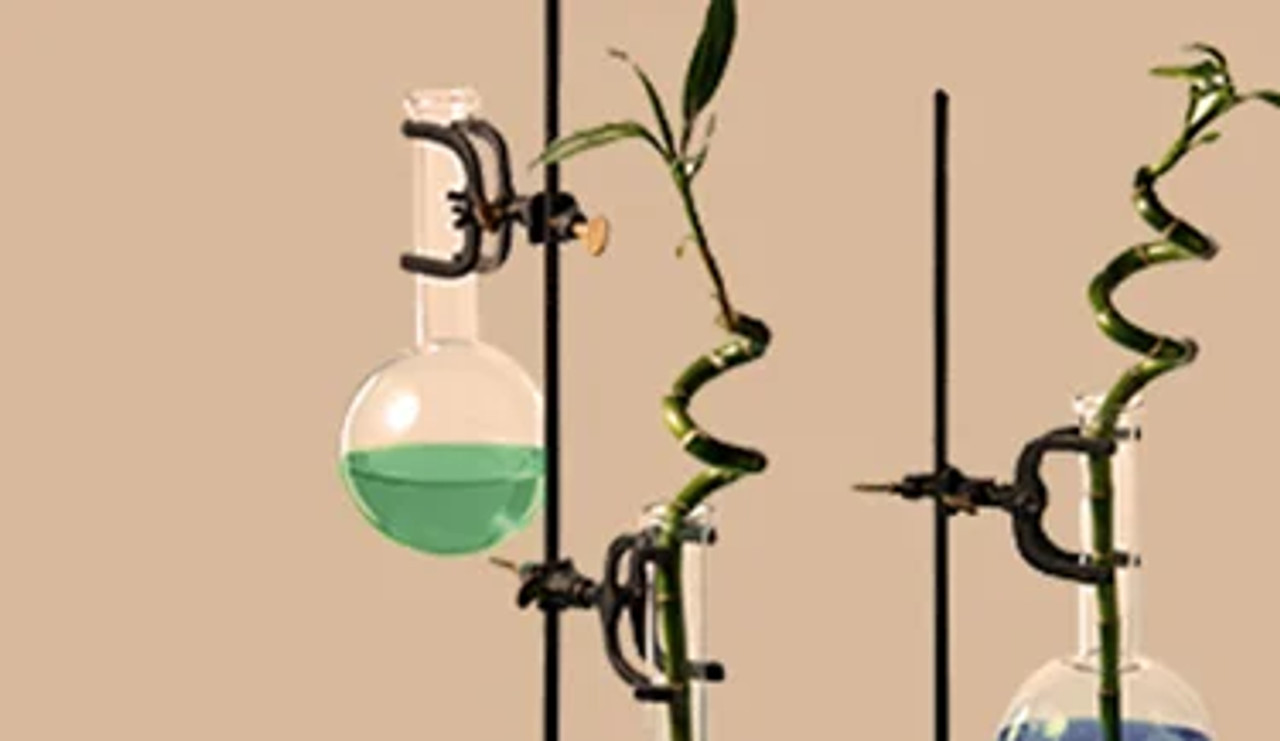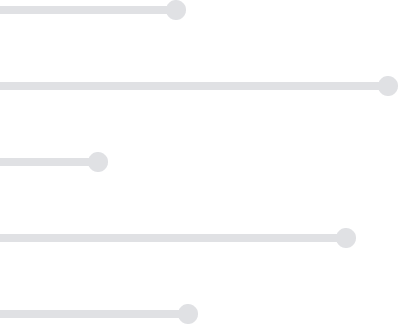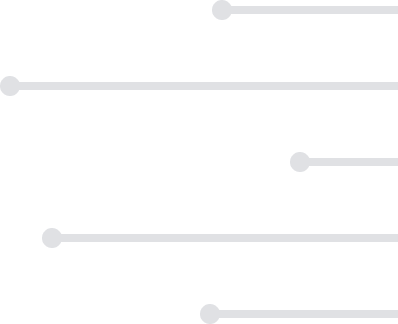
$69
Plus membership
1 Credit
All courses include:
eTextbooks
2 to 3-day turnaround for grading
Multiple chances to improve your grade
On-demand tutoring & writing center
Student support 7 days a week
$69
Plus membership
1 Credit
All courses include:
eTextbooks
2 to 3-day turnaround for grading
Multiple chances to improve your grade
On-demand tutoring & writing center
Student support 7 days a week
Biochemistry Lab
$69
Plus membership
1 Credit
About This Course
ACE Approved 2023
This lab-only course is designed as a standalone addition to the Biochemistry course. Students will complete at-home laboratory experiments, track and record results, answer lab-based questions reflected in graded lab reports, and complete lab-based assessments to meet the lab requirement.
What You'll Learn
Analyze experimental results to determine the presence of sugars, starch, lipids, protein, and DNA in a variety of samples.
Analyze experimental data to classify solutions as hypotonic, isotonic, or hypertonic.
Calculate aerobic respiration rates of germinated and dormant millet seeds.
Isolate DNA from split peas by physically breaking down plant tissues, lysing cell membranes with detergent, and precipitating isolated DNA in alcohol.
Illustrate the formation of a protein through transcription and translation.
Extract, determine the quantity of, and test casein proteins isolated from milk.
Analyze extracted solution from malted barley for the conversion of starch to dextrins using a starch-iodide test.
Analyze experimental data to calculate the optimal pH and temperature ranges for lactase activity.
Lab Kit
Prefer the hard copy? Simply purchase from your favorite textbook reseller; you will still get the eTextbook for free. Custom Lab Kit from Science Interactive. Create an account at https://esciencelabs.com/user/register and use the "Have a Code?" page to search for Kit LP-5008-GB-01 which is $233 (plus shipping).


Your Life, Your Schedule, Your Education
Transfer into over 3000+ institutions that accept ACE courses or transfer directly into 180+ partner schools.
Request Information
Labs are provided by eScience Labs, a leading provider of at-home lab kits and online lab instructional materials and resources. Labs will cover the following topics: biological molecules, cell membrane transport, cellular respiration and, fermentation, extraction of DNA, RNA, and protein synthesis, casein extraction, metabolism of polysaccharides and anaerobic fermentation, and enzymes, temperature, ph and specificity.
There are no prerequisites to take Biochemistry Lab though we highly recommend concurrent enrollment in Biochemistry (CHEM450).
| Lab | Objectives |
|---|---|
| Biological Molecules |
|
| Cell Membrane Transport |
|
| Cellular Respiration and Fermentation |
|
| Extraction of DNA |
|
| DNA, RNA, and Protein Synthesis |
|
| Casein Extraction |
|
| Metabolism of Polysaccharides and Anaerobic Fermentation |
|
| Enzymes, Temperature, pH and Specificity |
|
Your score provides a percentage score and letter grade for each course. A passing percentage is 70% or higher.
Assignments for this course include:
- 8 Lab Worksheets
- 8 Lab Exams
This course does not require a textbook.
Biochemistry Lab students also take:
Helpful resources:







